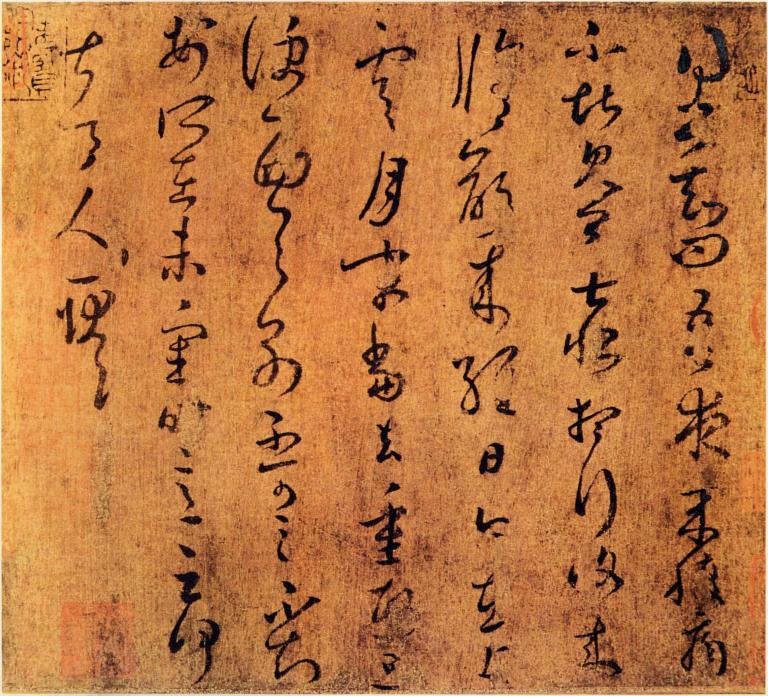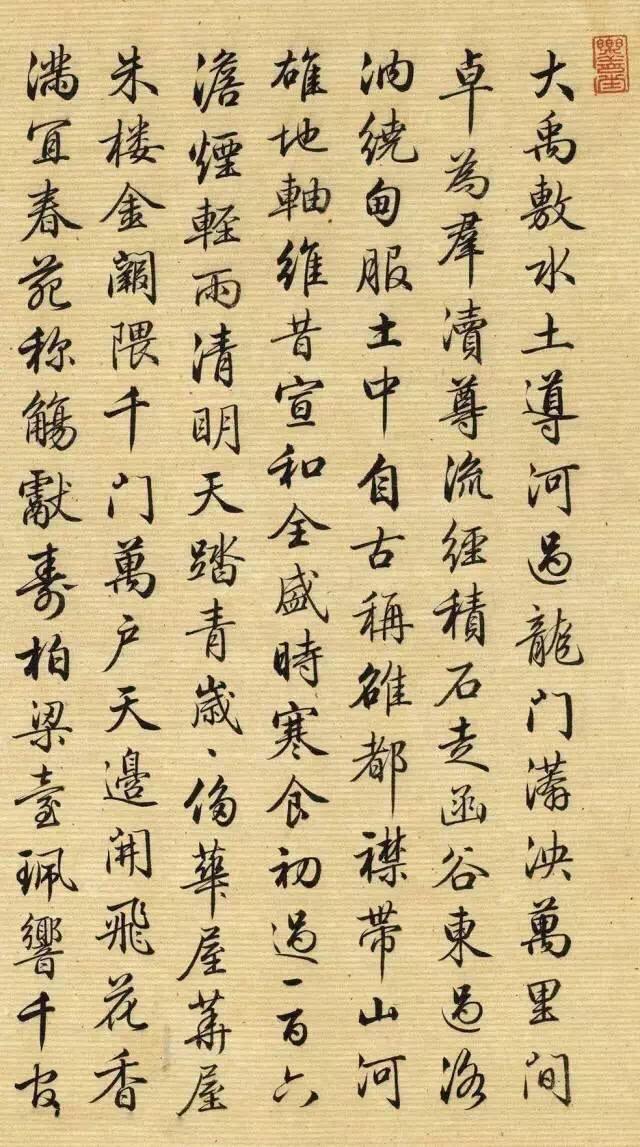Calligraphy of the Ming and Qing Dynasties: Rising in Criticizing and Sublating
2 min readIn 1638, Zhu Yuanzhang overthrew the reign of the Yuan dynasty and established the Ming dynasty which lasted for more than 270 years. The Ming dynasty was overthrown by peasant uprising led by Li Zicheng. Though the Southern Ming regime had its final struggle in Nanjing and other places, it was in vain, the country was soon taken over by the Qing dynasty.

Emperors of the Ming dynasty were fond of calligraphy. They even set official position for calligraphers and provided them with very good treatment. Some emperors practiced calligraphy themselves. Therefore, abundant of calligraphers appeared in learning from rubbing books became very popular. They not only copied classic calligra gh rubbings, but also produced rubbings for their own works. Ho owever, intentionally copying from rubbings made calligraphy vulgar and vapid. As the imperial examinations attached great importance to calligraphy, a so called Taige Style” (officialese style of writing)came into being. On the other hand, in the period when calligraphy was so popular, there were also a group of calligraphers th unique personality.
They were literati or high officials, who inherited the Tang and Song calligraphic tradition and formed their own styles as well, for example, Wumen School, Huating School, the representative of the iconoclastic movement Xu Wei and the innovative Fu Shan, etc. Generally speaking, the political environment in the Ming dynasty was not for the development of a this art, calligraphy in od was weaker and humbler than that of the Yuan dynasty, and even inferio to the calligraphy of the Song dynasty. By the Qing dynasty, except dress and court amenities, all other aspects fro the previous dynasty were adopted, such as politics, culture and administration Every emperor liked calligraphy. Emperor Kangxi was fond of calligraphy by Dong Qichang, hence Dong’s calligraphy became popular among both officials and folk people, and many people considered practicing Dong’s calligraphy as a shortcut in official career. However, Dong’s calligraphic style was based on so many different styles with uniqueness that it was difficult to imitate. Those who tried to copy his style ended up with making it weak and vulgar. Therefore, in Qianlong’s period rubbing calligraphy became a fashion. Moreover, rulers of the Qing dynasty took the measure of “Wenziyu” (imprisonment due to writings) so as to suppress anti-Qing ideology from Han nationality.
To avoid persecution, many Han literati concentrat on their writing; and along with the prevailing of epigraphy, calligraphy gave priority to stele inscriptions. Many calligraphers appeared in this period became representatives of stele inscriptions and contributed a lot to the development of calligraphy of the Qing dynasty, which also influenced calligraphy development in neoteric China. The Ming and Qing dynasties saw the resurgence of calligraphy in Chinese history.









